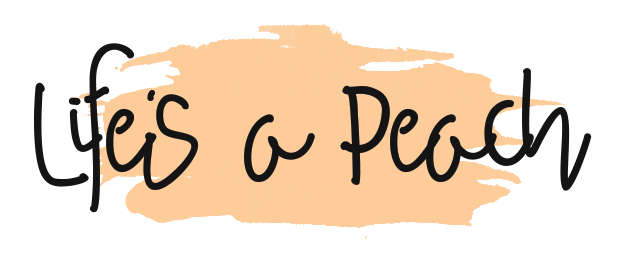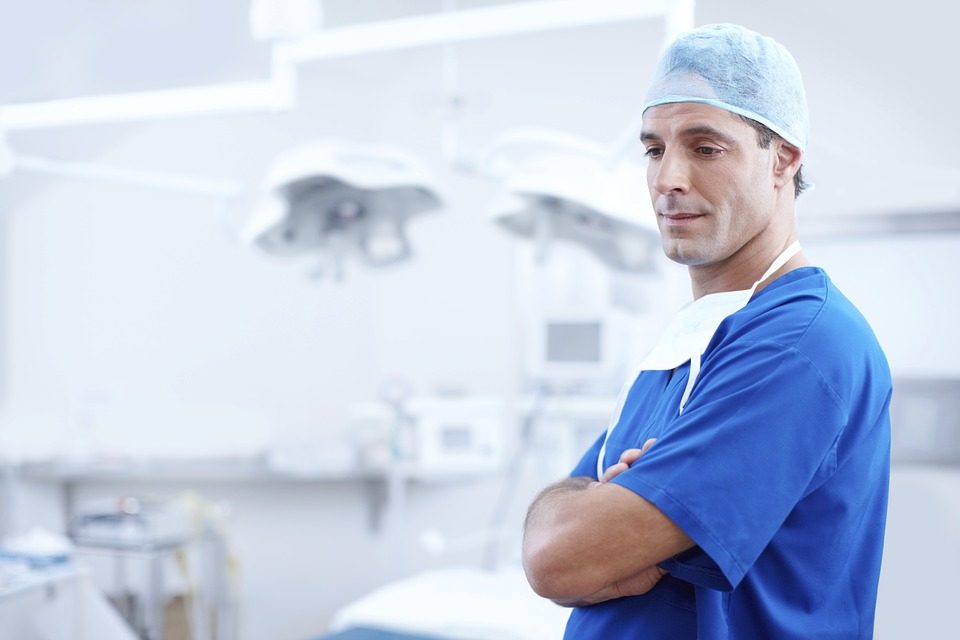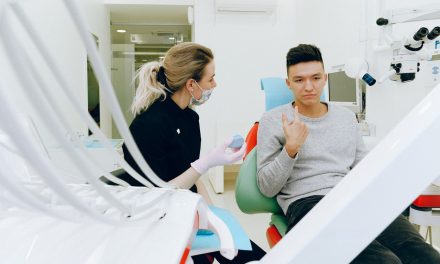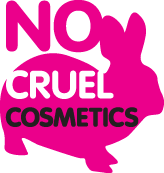Do you worry about your varicose veins? Have you been experiencing symptoms that worry you? Wonder if you should go to the doctor or just tough it out?
There are several stages that these enlarged veins can go through, and there are several ways in which they can be treated.
What are Varicose Veins?
They are enlarged and twisted veins. Any vein can become one, but they’re primarily located in the legs. These veins can appear green, dark blue, or purple in color.
These enlarged veins are caused by poor functioning valves located in the vein and decreased elasticity in vein walls. This allows blood to flow backwards towards the heart, causing blood to pool in the veins, which causes veins to become enlarged and twisted.
Symptoms of these types of veins include:
- Pain
- Itiching
- Heaviness of limbs
- Cramps
- Distress concerning cosmetic appearance
A cohort study conducted shows that the chance of developing enlarged veins rises as parity, or the number of times a female has been pregnant and carried to term, increases.
Further investigation shows that women who have had 2 or more pregnancies are more likely to develop this condition than women who have had only 1 pregnancy or none. Obesity is also a risk factor, but only for women.
Not enough evidence has been gathered for other causes such as:
Stages
- Genetic predisposition
- Prolonged sitting and/or standing
- Tight undergarments
- Diets low in fiber
- Constipation
- Deep vein thrombosis
- Smoking
Stage 1
In the beginning you’ll complain of experiencing symptoms such as swelling, heaviness, pain in the legs, and night cramps. Though visibly there will be no signs of a problem at this stage.
Stage 2
Your legs will now have visibly enlarged veins. A vascular “star” or vascular grid will appear.
Stage 3
All of the above symptoms will be present and accompanied by edema, which is swelling of the legs caused by fluids collecting in its tissue.
This is very noticeable during the evenings. It can disappear by the next morning, but will reappear in the evening.
Stage 4
Trophic, or growth, changes in the extremities will occur. The skin can turn to an abnormal color (from darn brown to black), and skin inflammation, like red small or large legions, can appear.
Atrophy, or deterioration, of the skin over time can occur, which will look like sunken white areas in the skin. This can lead to the formation of trophic ulcers, which are ulcers that penetrate deep into the skin.
Stage 5
In this stage, all above symptoms are present along with trophic ulcers that will no longer heal at this point.
When Should You Consult a Doctor?
You should call a doctor if you have damaged veins and experience any of the following:
Treatments for Damaged Veins
- Your leg suddenly becomes swollen and painful. This could mean a blood clot has formed in a deep vein, which is located near an artery. This requires immediate medical attention.
- The skin covering the affected area starts to bleed on its own or when injured. The skin over this area is usually thin and can bleed easily. Elevate your leg and apply direct pressure to the vein to stop bleeding
- A tender lump appears on your leg. This could be a clot or inflammation of a vein directly beneath the surface of your skin. This isn’t usually dangerous, but it could require treatment.
- An ulcer (open sore) develops.
- Symptoms do not improve with home treatment, or if you’re concerned about any symptom in particular.
Self Care
Exercise, losing weight, wearing loose clothing, elevating your legs and avoiding standing or sitting for long periods of time can ease pain and prevent you condition from getting worse. You can also practice self-medication for managing pain using treatments such as CBD oil massage. If you’re not sure how to get CBD oil, look at some first time dispensary deals near me to save money on your first purchase.
Compression Stockings
These stockings squeeze the legs to help blood flow more easily through veins and leg muscles. You can buy these at most pharmacies and medical supply stores. Prices vary, and there are even prescription-strength stockings available.
Sclerotherapy
A doctor will inject small and medium-sized enlarged veins with a solution that scars and closes the veins. In a few weeks, the veins will fade. No anesthesia is needed, and the procedure is performed in a doctor’s office.
Foam Sclerotherapy of Large Veins
It’s the same procedure as the previous one, but it’s performed on large veins. It’s a newer technique.
Laser Surgeries
Strong bursts of light are sent into the veins to make them fade and disappear. No incisions or needles are used.
Catheter-Assisted Procedures
A catheter is inserted into an enlarged vein and heated with radio-frequency or laser energy. As it is pulled out, it causes the vein to collapse and seals it.
High Ligation and Vein Stripping
The affected vein is tied off before it reaches a deep vein and it is removed through small incisions. This will not impact blood flow because deep veins take care of larger volumes of blood.
Ambulatory Phlebectomy
The doctor removes the damaged vein through tiny skin punctures. Parts of the leg that will be worked on are numbed for this outpatient procedure. There is minimal scarring.
Endoscopic Vein Surgery
This is for advanced cases with leg ulcers only. A surgeon inserts a video camera into the leg to see and close the affected veins, then removes them with small incisions. This is an outpatient procedure.
Enlarged veins caused by pregnancy usually improve within 3 – 12 months after delivery.
Alternative Medicine
If you like alternative medicines, here are some herbs/dietary supplements to try.
- Butcher’s Broom
- Grape (leaves, sap, seed, and fruit)
- Horse Chestnut
- Sweet Clover
Please talk with your doctor before trying these to make sure they are not harmful or interfere with treatment.
If you’ve experienced any of the following symptoms with your varicose veins, it’s time to see your doctor. Even if you may think your symptoms aren’t that big of a deal, they may be. Take care.
- Overcoming Challenges in the Production of THC Seltzers - 10th May 2024
- The changes in dental marketing - 12th October 2022
- Online aligners or surgery based ones? - 12th October 2022








